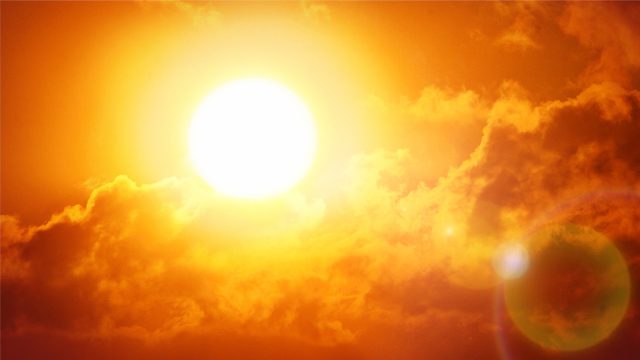SUMMARY
This is AI generated summarization, which may have errors. For context, always refer to the full article.

What’s the weather like in your area? Report the situation through Rappler’s Agos or tweet us at @rapplerdotcom.
MANILA, Philippines – The country’s dry season has officially begun.
In a statement on Friday, March 22, the Philippine Atmospheric, Geophysical, and Astronomical Services Administration (PAGASA) announced the end of the northeast monsoon or hanging amihan, which means the start of the dry season.
“With this development, the day-to-day weather across the country will gradually become warmer, though isolated thunderstorms are also likely to occur,” added PAGASA.
The state weather bureau also warned that the ongoing weak El Niño in the tropical Pacific may result in a “prolonged dry spell and hotter air temperatures in the coming months.”
This means that the public should “take precautionary measures to minimize heat stress” and also “optimize the daily use of water for personal and domestic consumption.”
The reminder to use water wisely comes amid the water shortage that hit Manila Water customers in parts of Metro Manila and Rizal. The shortage was partly blamed on the below normal rainfall and the receding water level of the La Mesa Dam.
PAGASA remains in the El Niño Advisory stage, the last stage before it is expected to declare “full-blown” El Niño this year.
When full-blown El Niño is declared in the Philippines, PAGASA said Filipinos should expect the following:
- extended dry season
- delayed onset of the rainy season
- weak monsoon activity
- fewer tropical cyclones
- below normal rainfall, with dry spell or drought conditions in most parts of the country (READ: Agricultural damage from El Niño rises to P1.33 billion)
- above normal air temperature
The country gets an average of 20 tropical cyclones per year, but PAGASA expects only 14 to 18 in 2019. (READ: LIST: PAGASA’s names for tropical cyclones in 2019)
So far, the Philippines has had 3 tropical cyclones this year:
- Tropical Depression Amang – January
- Tropical Depression Betty – February
- Tropical Depression Chedeng – March
Below is the estimated number of tropical cyclones from March to August:
- March – 0 or 1
- April – 0 or 1
- May – 1 or 2
- June – 1 or 2
- July – 2 or 3
- August – 2 or 3
– Rappler.com
Add a comment
How does this make you feel?
There are no comments yet. Add your comment to start the conversation.